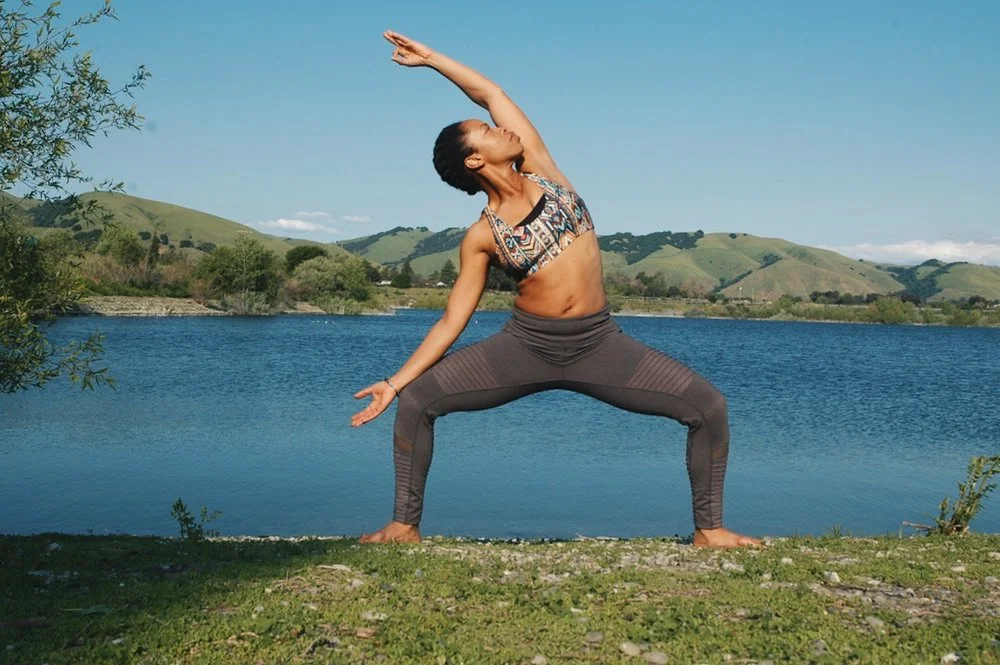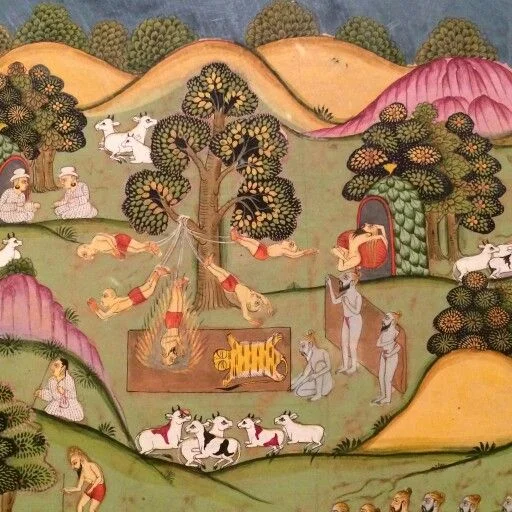3 Yoga Postures for Leading with the Heart (Heart Chakra)
“Nothing can be forced, receptivity is everything.”
UNLOCKING THE HEART CENTER: ANAHATA CHAKRA
Leading with the heart can be uncomfortable and scary because it requires a level of humility and vulnerability. In the physical practice of yoga, leading with the heart is about lifting out from rounded shoulders and protective postures by elongating the spine and creating more space for breath to fill the lungs and expand the ribcage. This increases circulation and brings a sense of radiating energy to all parts of the body. Energetically, leading with the heart means bringing concentration to the heart-center and evoking feelings of love and ease. Either way, when our hearts are open and unguarded, our emotions can feel exposed. The Anahata Chakra (Sanskrit: Anāhata-cakra) can be a focus point of awareness in all heart opening postures. Concentration on the heart center can help to cultivate feelings of compassion and kindness toward the self and others.
ANAHATA CHAKRA: Anahata meaning "un-struck' and chakra meaning 'wheel,' Anahata Chakra refers to the swirling energy vortex or pranic center that is located at the center of the chest and associated with the heart organ. For this reason it is known as the "heart chakra," the seat of unconditional love, compassion, forgiveness and joy.
BEFORE YOU BEGIN...
SURRENDER FEAR AND TENSION
Moving into discomfort is expected, but pain however, is not! Only move as far as is safe for you by listening to sensations arising in the body. Trust your body and know its limits in its current state within each āsana (posture). Aim to settle into each posture by surrendering all fear and tension. Settling into the posture requires releasing the grip of whatever is being held onto. Letting go and allowing for receptivity in this way moves the practitioner from the role of the "doer" to one of the "observer." Without the need to control the outcome, the posture is allowed to arise from within... this is the essence of faith in the practice.
Prepare the body for the following postures using Ujjayi Breathing (sanskrit: ujjāyī prāṇāyāma). Move through several rounds of Sun Salutations before performing the postures. Explore each 'heart opening' or chest expanding posture for five slow and steady breathes, breathing into the front and back of the chest. Expansive heart-opening postures such as Upward Bow/Wheel Pose (sanskrit: ūrdhva-dhanurāsana) as demonstrated above, bring the heart into a position above the head. Move into and out of these postures slowly and carefully. Be sure to close the practice with a simple spinal twist and a gentle forward fold such as Uttanasana (sanskrit: uttānāsana) followed by final relaxation (shavasana) or a comfortable seated meditation.
3 POSTURES FOR LEADING WITH THE HEART
BALASANA (BĀLĀSANA)
CHILD'S POSE
Begin in a kneeling position. Bring the knees wide and the big toes together behind you. Press the hips back toward the heels. Reach the hands away from the hips, extending the arms long as the torso lowers forward toward the earth. Breathe deeply with your attention to the sides of the body and center of the chest. Press the pinky fingers into the ground, let the thumbs spin, bringing the palms face up, in a gesture of receptivity. Begin to experience the sensation of the body 'opening up'. Allow the front of the chest to soften, as if surrendering the heart toward the earth.
USTRASANA (UṢṬRĀSANA)
CAMEL POSE
Begin in a kneeling position with the hips over the knees. Place the hands at the back of the hips with the fingers down. Inhale and extend the chest upward, reaching the heart up away from the earth. As you are ready, begin to curl the chest up and back. Keep the shoulders away from the ears to find length in the sides of the neck. Imagine the front of the body open as if soaking up energy. Use the breath to bring increased suppleness to the spine, allowing the back to arch. If comfortable, bring the hands to the heels, ankles, or calf area. Keep the front of the body, especially the top of the chest, wide. Create length in the side body by pressing the shins into the ground and lengthening from the outer hip to the ribs.
SUPTA VIRASANA (supta-vĪrĀsana)
RECLINED HERO'S POSE
From a kneeling position with the hips in-line with the knees, bring the knees together and allow the feet to be wider than hip-width. Place the hands at the sides of the body and press the tops of the feet into the ground as the hips slowly lower between the feet. Come to rest on the elbows. Allow the calves to roll outward to allow space for the hips to settle to the earth. Inhale, lengthen from the tailbone to the crown of the head, allowing the crown of the head to relax on the earth.
Press the thighs firmly together to prepare to lower the rest of the body to the ground. Exhale, bring the tailbone toward the pelvis to protect the low back as the back of the head and the shoulders lower to the ground.
If comfortable, bring the arms gently overhead and clasp opposite elbows. Keep the chin tucked into the clavicle, a technique known as the "Throat Lock" or Jalandhara Bandha (sanskrit: jālandhara-bandha). Press the top of the feet into the earth to keep the thighs engaged and energy circulating. This posture opens the intercostal muscles between the ribs. Use the exhale to soften the front ribs into the body. To exit, bring the hands back to the sides of the body, ground the elbows and slowly lift up on an exhale.
model: Shamekia Goldsmith, 200 RYT
This series includes postures categorized as intermediate and advanced postures. Please consult a medical professional if you have any injuries, illnesses, or chronic pain before attempting any physically demanding practices.
Updated: Feb 2, 2022. First published on April 19, 2017.

































